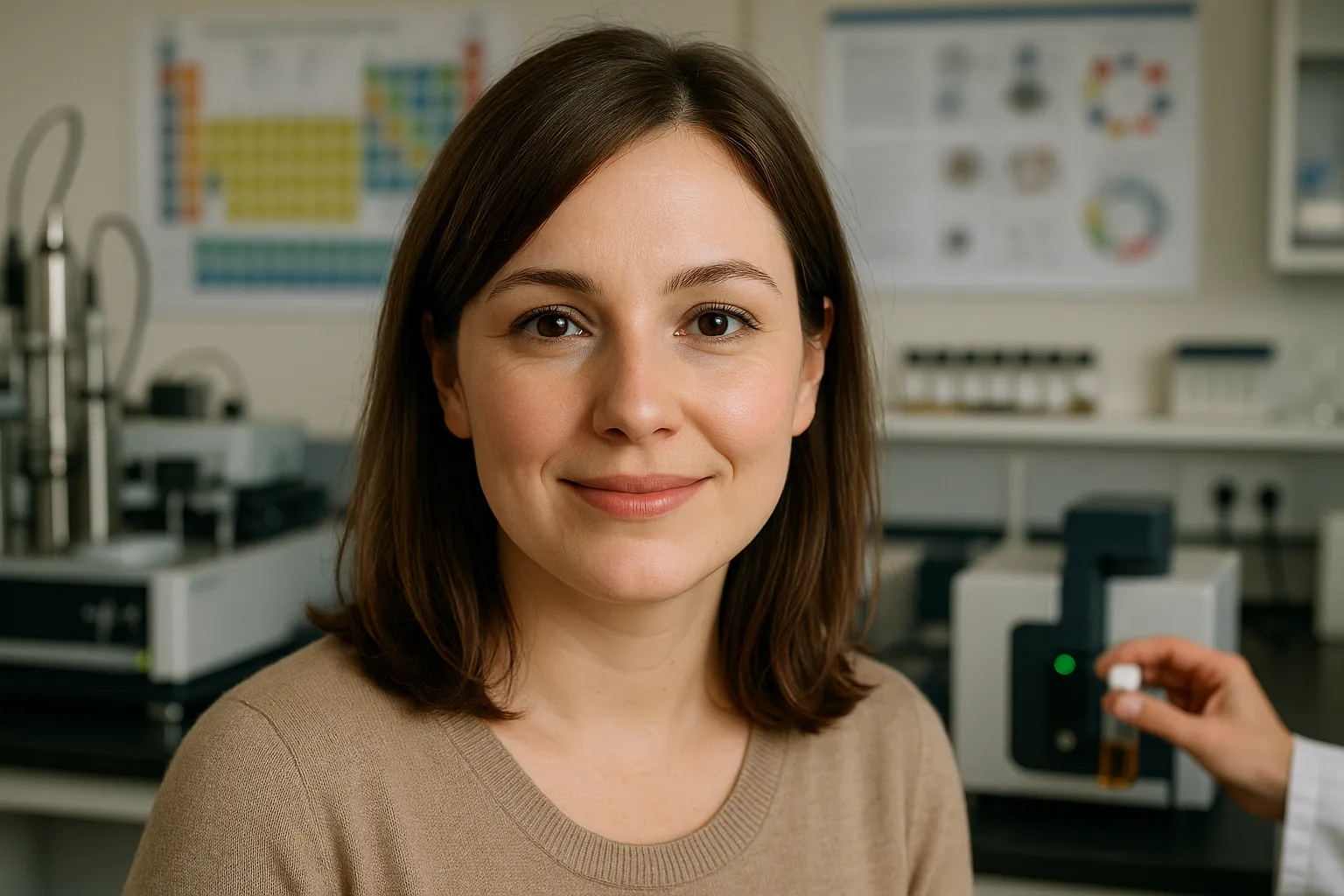The Evolution of AI in Odor Sensing: Transforming Industries with Artificial Noses
Artificial Intelligence (AI) combined with advanced odor sensing technology is revolutionizing industries, from food production to healthcare. By mimicking the human sense of smell, these AI-driven 'electronic noses' analyze complex odor profiles with unprecedented speed and accuracy. This article dives into how such innovations are reshaping quality control, environmental monitoring, and medical diagnostics. It also explores the challenges and the potential for future breakthroughs in a world where machines might sniff better than humans.
Revolutionizing Industries: Applications of AI in Odor Sensing
AI-driven odor sensing is changing the game for food production by ensuring quality control at unprecedented levels. Electronic noses can identify subtle changes in odor, detecting spoilage or contamination much earlier than traditional methods. This allows companies to reduce waste, maintain product consistency, and deliver safer goods to consumers. The speed and precision of these systems not only save time but also open new doors for innovation in processing and packaging techniques.
Environmental monitoring is another field benefitting from AI-powered scent technology. These systems can detect harmful emissions and pollutants with exceptional accuracy, aiding in the protection of ecosystems and public health. By continuously evaluating air quality, electronic noses provide actionable data for industries and governments to address concerns like greenhouse gases or toxins. This ability to measure environmental changes in real time is vital for addressing today’s climate and pollution challenges effectively.
Healthcare is seeing transformative applications of AI in odor sensing, particularly in disease diagnosis. Emerging studies reveal that certain illnesses emit distinct chemical profiles detectable by artificial noses. For instance, early detection of diseases like cancer, diabetes, or Parkinson’s may become more feasible by analyzing breath or body odors. This innovation could provide non-invasive, fast, and precise diagnostic options, improving patient outcomes and alleviating the burden on traditional healthcare systems.
Agriculture stands to gain significantly from AI-enhanced odor detection, particularly in monitoring crops and livestock. By analyzing airborne compounds, these tools can identify stress in plants or detect early signs of disease among animals. This proactive approach allows farmers to address issues before they escalate, improving yields and animal health. With AI continuously assessing environmental factors, the agricultural sector is poised for smarter, more sustainable practices that benefit both farmers and consumers.
The measure of intelligence is the ability to change.
Albert Einstein (1947 January 1)
From Challenges to Breakthroughs: Building the Artificial Nose
Building an artificial nose that can rival or even surpass human olfactory capabilities presents significant challenges. The human sense of smell is incredibly complex, with the ability to detect thousands of distinct chemical compounds. To replicate this, researchers must develop sensitive sensors capable of capturing these nuanced odor profiles. Adapting AI algorithms to accurately classify and interpret these patterns further adds to the technical hurdles facing developers in this emerging field.
One major hurdle is creating sensors that are both highly accurate and durable under varied conditions. Real-world environments expose these systems to fluctuating temperatures, humidity, and interference from other substances. Designing devices that maintain consistent performance in such scenarios takes precision engineering and rigorous testing. Additionally, ensuring these sensors remain cost-effective for widespread adoption is a challenge that requires balancing innovation with practicality in manufacturing and scalability.
Another area of complexity lies in training AI systems to understand odor data. Machine learning models require vast datasets to effectively classify odors, yet acquiring comprehensive, high-quality samples is no easy feat. Odor profiles are influenced by countless variables, including geographical, biological, and chemical factors. Researchers must account for this variability while avoiding biases that could reduce accuracy. Striking this balance is crucial in building reliable odor-sensing AI.
Despite these challenges, breakthroughs are underway, thanks to interdisciplinary collaboration and technological advancements. Innovations in nanotechnology have enabled the development of highly sensitive sensors capable of detecting minute chemical signals. Similarly, advances in computational power allow AI algorithms to process odor data faster and more accurately than ever before. With continued research and investment, the potential to create artificial noses with extraordinary precision is becoming increasingly achievable and promising.
A Fragrant Future: The Potential of AI Super-Smelling
The potential of AI-driven super-smelling technology is immense, with applications set to redefine various industries. Imagine a future where electronic noses could sniff out diseases earlier than current methods allow, making diagnostics faster and more accurate. Beyond healthcare, these technologies might ensure food safety by identifying contamination at the molecular level. This innovation not only represents convenience but also fuels a larger mission: improving global health and safety through the art of digital detection.
As AI-enhanced odor sensing advances, its implications for environmental sustainability grow ever more promising. These systems could play a crucial role in early detection of pollutants, preventing ecosystem damage before it escalates. Picture cities equipped with networks of artificial noses, continuously monitoring air quality in real time. The data gathered could inform policies, mitigate disasters, and ultimately contribute to combating climate change. This technology represents a powerful ally in preserving the planet.
In agriculture, the future of AI super-smelling holds transformative prospects, from monitoring crop health to detecting livestock stress. By embracing this innovation, farmers can manage environmental factors more effectively, improving yields and reducing resource waste. These intelligent sensors could detect disease outbreaks early, ensuring food security for a growing population. As the agricultural sector seeks smarter, sustainable practices, AI-driven odor sensing could be a game-changer, shaping a future of resilience and abundance.
Looking ahead, the potential of AI-enhanced electronic noses goes beyond practical applications, fostering new possibilities for creativity and discovery. Perfume creation could reach unparalleled levels of precision, unlocking scents tailored to individual preferences. In space exploration, artificial noses might help identify chemical signatures on other planets, advancing our understanding of the universe. These examples highlight how AI could inspire innovation while expanding our sensory and intellectual boundaries in exciting, unexpected ways.
Imagine a future where electronic noses could sniff out diseases earlier than current methods allow, making diagnostics faster and more accurate.
